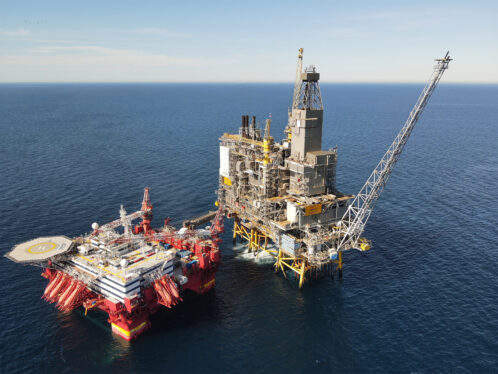
More than 100 years of energy saving solutions
Today energy saving is one of the main issues in terms of carbon dioxide emissions. But even a century ago energy saving was important because of limited electrical power supplied by steam engine driven generators. Sliding bearings were state of the art at the time, but they had high friction and required a lot of maintenance. The introduction of roller bearings
contributed then to reduce friction and to achieve energy savings.
In 1905 W. P. Graham, of Syracuse University, in New York, in the United States, conducted research in energy consumption in the form of a comparison field test of two trams, the first equipped with sliding bearings and the second with roller bearings. Energy consumption over the route for the tram using sliding bearings was 6.45 kWh; for the tram with roller bearings it was 3.10 kWh – an energy saving of 52 percent. In 1907 the Syracuse Rapid Transit Co told the Standard Roller Bearing Co in Philadelphia that after four and a half years of operation and some 250,000 miles (400,000 kilometres), the roller bearings showed no wear. The annual saving in coal to generate the electricity needed was 260 US dollars per year per vehicle.
The Standard Roller Bearing Co later became part of the Marlin Rockwell Corporation (MRC). SKF acquired MRC in 1986.
For the latest development in energy-saving bearings, see the technology article on SKF’s new family of energy efficient bearings on pages 28-31 in this issue of Evolution.




